Robert Lea is a science journalist in the U.K. whose articles have been published in Physics World, New Scientist, Astronomy Magazine, All About Space, Newsweek and ZME Science. He also writes about science communication for Elsevier and the European Journal of Physics. Rob holds a bachelor of science degree in physics and astronomy from the U.K.
An illustration of a rapidly spinning neutron star or pulsar a VLITE 340 MHz image of GLIMPSE-C01A from February 27, 2021.A rapidly spinning neutron star that sweeps beams of radiation across the universe like a cosmic lighthouse has been discovered by U.S. Naval Research Laboratory Remote Sensing Division intern Amaris McCarver and a team of astronomers.around 10.7 light-years from Earth.
This causes the cores of these stars to collapse and trigger shockwaves in the stars' outer layers, resulting in most of their masses being shed in, which are neutral particles usually found locked in atomic nuclei alongside positively charged protons. This neutron-rich soup is so dense that if a tablespoon of it were brought to Earth, it would weigh over 1 billion tons. That's heavier than the largest mountain on our planet, Mount Everest .
United States Latest News, United States Headlines
Similar News:You can also read news stories similar to this one that we have collected from other news sources.
 The Standard Model explained: A deep dive into modern physicsThe Standard Model is a pillar of modern physics, providing a comprehensive framework for particle physics.
The Standard Model explained: A deep dive into modern physicsThe Standard Model is a pillar of modern physics, providing a comprehensive framework for particle physics.
Read more »
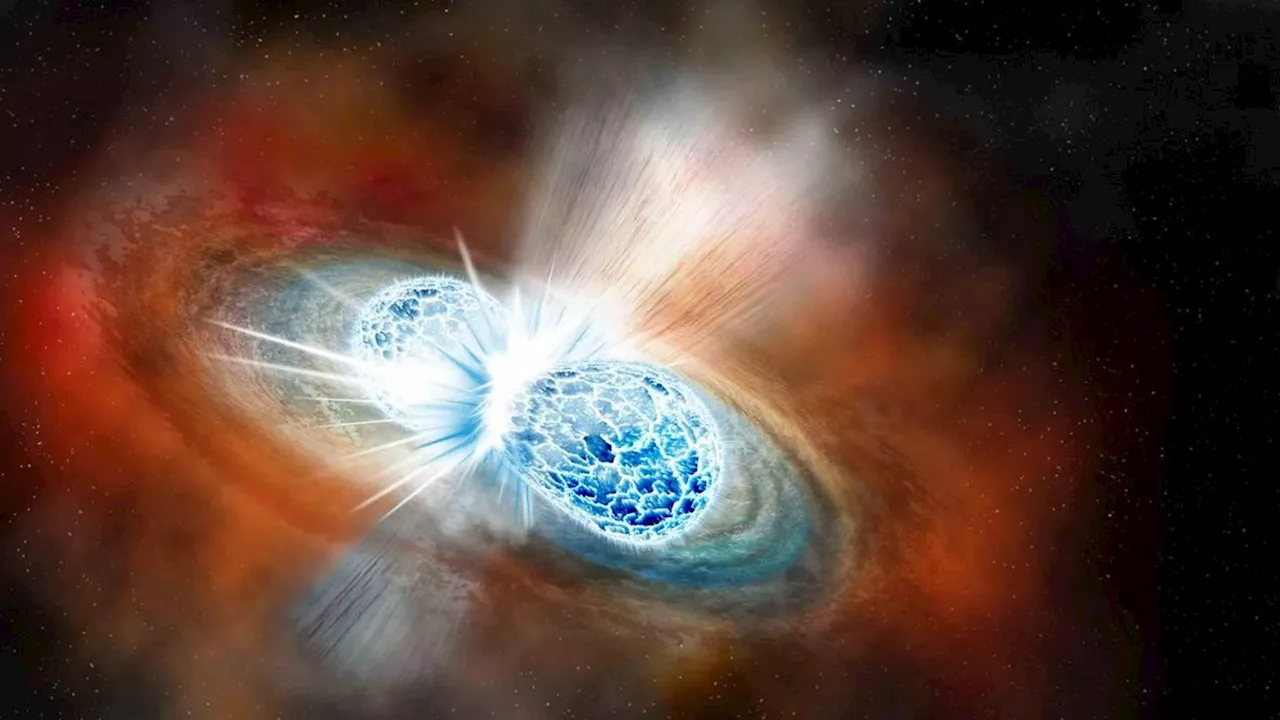 Neutron star collisions could briefly trap a bunch of cosmic ghostsRobert Lea is a science journalist in the U.K. whose articles have been published in Physics World, New Scientist, Astronomy Magazine, All About Space, Newsweek and ZME Science. He also writes about science communication for Elsevier and the European Journal of Physics. Rob holds a bachelor of science degree in physics and astronomy from the U.K.
Neutron star collisions could briefly trap a bunch of cosmic ghostsRobert Lea is a science journalist in the U.K. whose articles have been published in Physics World, New Scientist, Astronomy Magazine, All About Space, Newsweek and ZME Science. He also writes about science communication for Elsevier and the European Journal of Physics. Rob holds a bachelor of science degree in physics and astronomy from the U.K.
Read more »
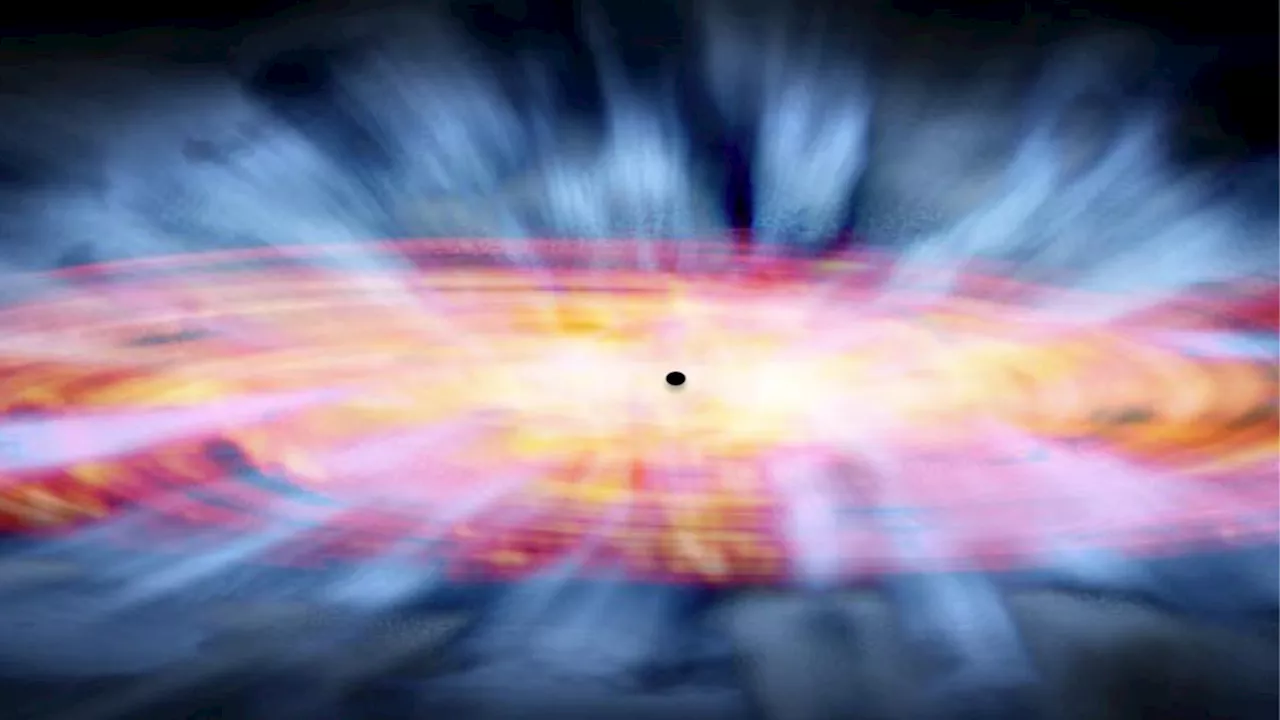 Supermassive black hole winds blowing at 36 million miles per hour can sculpt entire galaxiesRobert Lea is a science journalist in the U.K. whose articles have been published in Physics World, New Scientist, Astronomy Magazine, All About Space, Newsweek and ZME Science. He also writes about science communication for Elsevier and the European Journal of Physics. Rob holds a bachelor of science degree in physics and astronomy from the U.K.
Supermassive black hole winds blowing at 36 million miles per hour can sculpt entire galaxiesRobert Lea is a science journalist in the U.K. whose articles have been published in Physics World, New Scientist, Astronomy Magazine, All About Space, Newsweek and ZME Science. He also writes about science communication for Elsevier and the European Journal of Physics. Rob holds a bachelor of science degree in physics and astronomy from the U.K.
Read more »
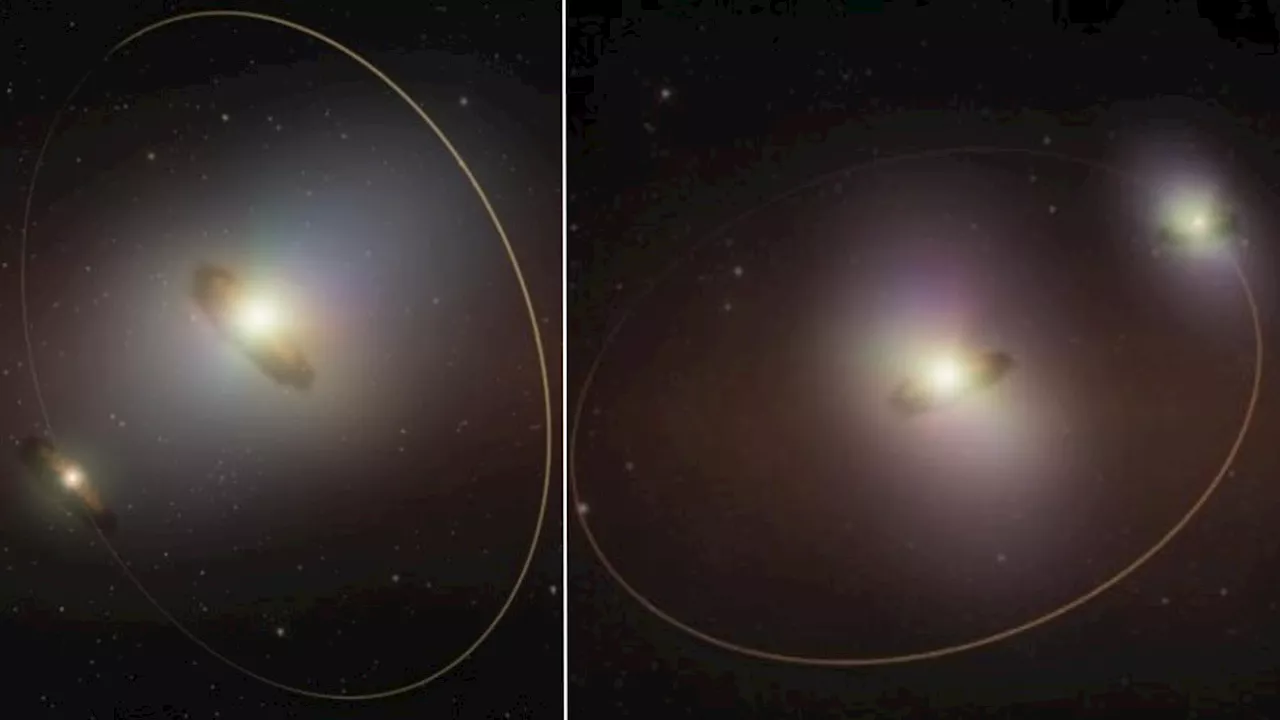 Massive radio telescope array investigates the birth of planets around twin starsRobert Lea is a science journalist in the U.K. whose articles have been published in Physics World, New Scientist, Astronomy Magazine, All About Space, Newsweek and ZME Science. He also writes about science communication for Elsevier and the European Journal of Physics. Rob holds a bachelor of science degree in physics and astronomy from the U.K.
Massive radio telescope array investigates the birth of planets around twin starsRobert Lea is a science journalist in the U.K. whose articles have been published in Physics World, New Scientist, Astronomy Magazine, All About Space, Newsweek and ZME Science. He also writes about science communication for Elsevier and the European Journal of Physics. Rob holds a bachelor of science degree in physics and astronomy from the U.K.
Read more »
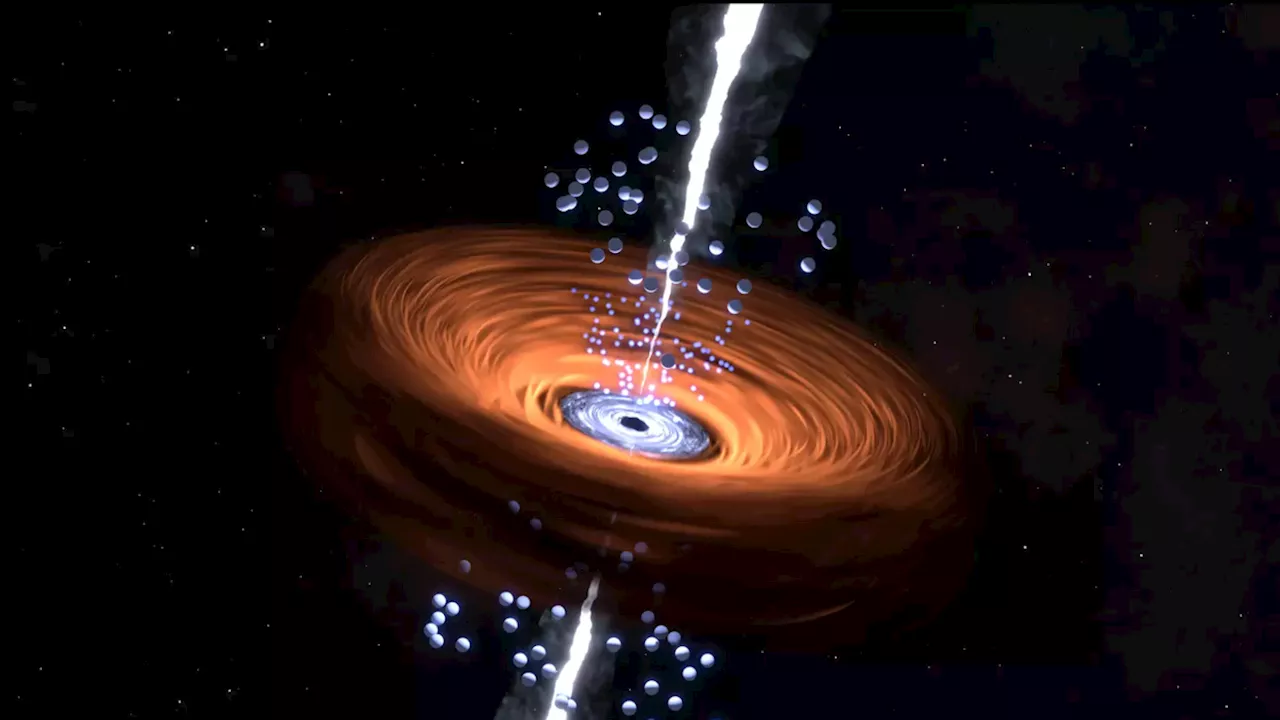 This impossibly massive black hole wasn't very hungry during the dawn of timeRobert Lea is a science journalist in the U.K. whose articles have been published in Physics World, New Scientist, Astronomy Magazine, All About Space, Newsweek and ZME Science. He also writes about science communication for Elsevier and the European Journal of Physics. Rob holds a bachelor of science degree in physics and astronomy from the U.K.
This impossibly massive black hole wasn't very hungry during the dawn of timeRobert Lea is a science journalist in the U.K. whose articles have been published in Physics World, New Scientist, Astronomy Magazine, All About Space, Newsweek and ZME Science. He also writes about science communication for Elsevier and the European Journal of Physics. Rob holds a bachelor of science degree in physics and astronomy from the U.K.
Read more »
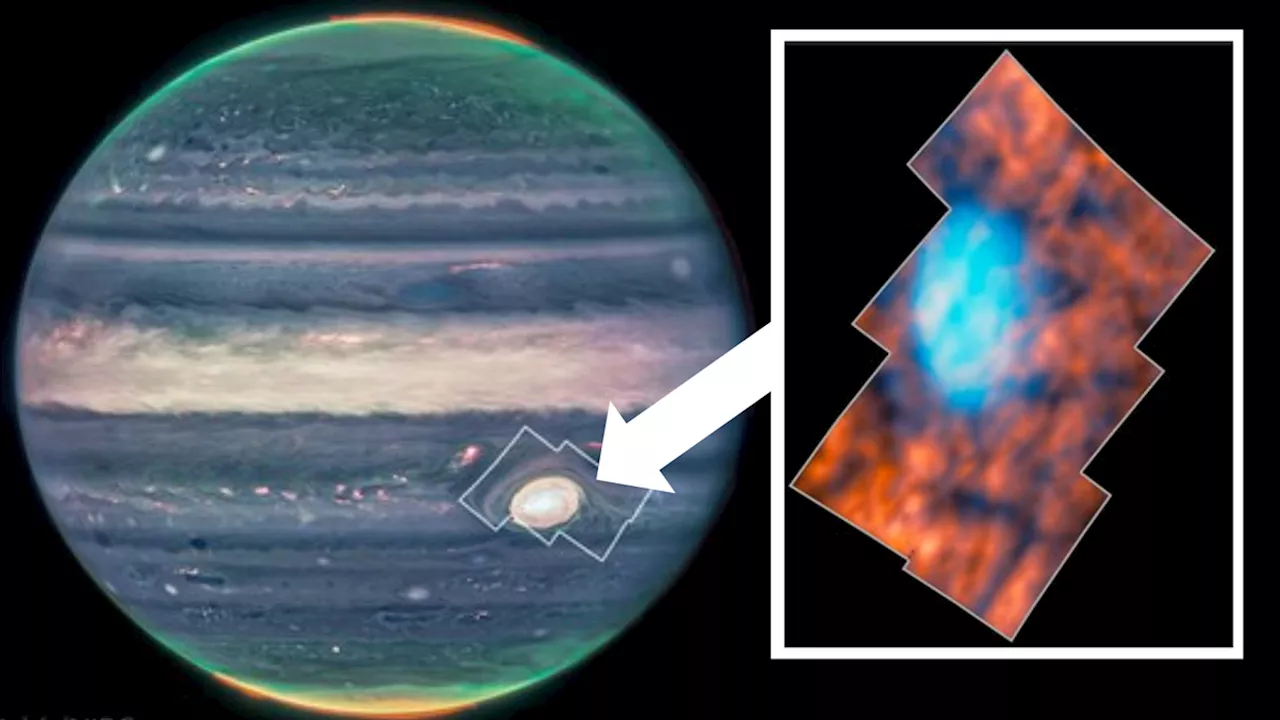 James Webb Space Telescope spies strange shapes above Jupiter's Great Red Spot (image)Robert Lea is a science journalist in the U.K. whose articles have been published in Physics World, New Scientist, Astronomy Magazine, All About Space, Newsweek and ZME Science. He also writes about science communication for Elsevier and the European Journal of Physics. Rob holds a bachelor of science degree in physics and astronomy from the U.K.
James Webb Space Telescope spies strange shapes above Jupiter's Great Red Spot (image)Robert Lea is a science journalist in the U.K. whose articles have been published in Physics World, New Scientist, Astronomy Magazine, All About Space, Newsweek and ZME Science. He also writes about science communication for Elsevier and the European Journal of Physics. Rob holds a bachelor of science degree in physics and astronomy from the U.K.
Read more »
